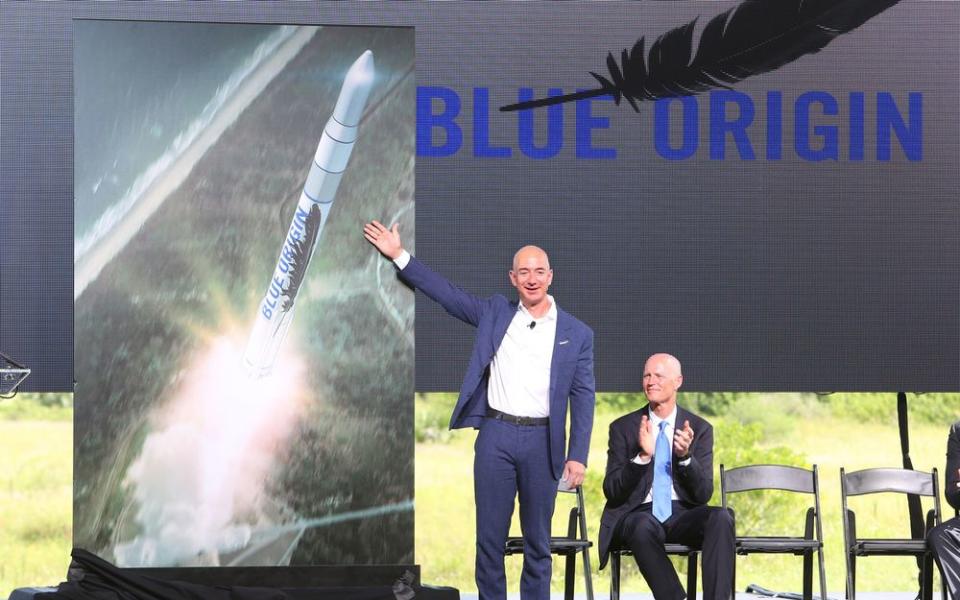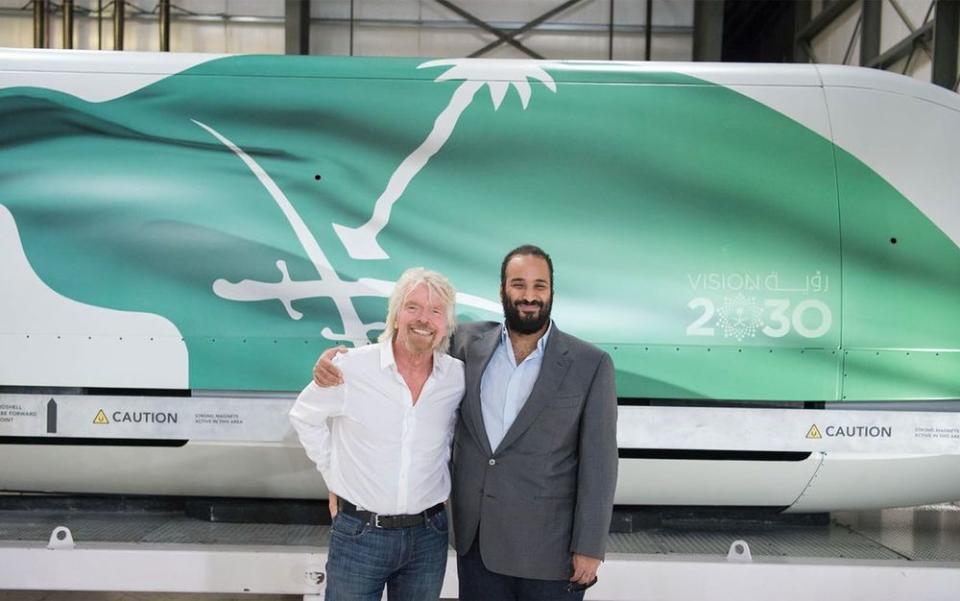What Space Tourists Will Get for Their $250,000 Ticket
The new space race is on, with SpaceX preparing to launch Japanese online fashion tycoon, Yusaku Maezawa, around the moon in 2023. However, British billionaire Richard Branson’s Virgin Galactic and Blue Origin, funded by Amazon.com CEO Jeff Bezos are hoping that 2019 is the year that one of them takes paying customers to the edge of space.
At stake are supersonic speeds, a few minutes of weightlessness, and an incredible view of the curvature of Earth against the blackness of space, but just as important are bragging rights. For future astronauts, there’s a choice to be made. Which ‘spaceline’ is for you?
What is suborbital space tourism?
For now, it’s all about getting to the Kármán Line that separates Earth and space, which is about 62 miles/100km up. These first flights will be suborbital — they will go up very quickly, and then quickly come down again even faster. In the future, space tourism will almost certainly shift to short orbital flights and the chance to spend a week or two in a space station circling the globe. For now, suborbital is where it’s at.
What Blue Origin space tourists will get
If you ever wanted to blast-off to space on top of a rocket, Blue Origin’s New Shepard suborbital system is for you. A more conventional, Apollo-like method of getting to space than Virgin Galactic, Blue Origin will put six people in a capsule on top of its 60-foot-tall New Shepard reusable rocket. That’s four paying customers and two Blue Origin pilots who together will experience vertical take-off from a launchpad.
The capsule itself is designed for observing Earth, albeit briefly, with a 43x29-inch window next to each of the six reclining leather chairs. Although prices haven’t yet been revealed, it’s expected that a Blue Origin ticket will cost between $200,000 and $300,000.
The Blue Origin travel itinerary

After just one day of training, launch will likely take place from Blue Origin’s launch facility near Van Horn, West Texas. After the vertical take-off, the New Shepard rocket engines will burn for 150 seconds and reach Mach 3 – three times the speed of sound – before the rocket and capsule detach from one another. The capsule will keep going to the Kármán Line while the rocket descends and lands back on the launchpad.
Those inside the capsule will then get three minutes of weightlessness, and a brief chance to look at Earth from space, before the capsule begins to descend, reaching terrifying Mach 5 speeds before a parachute is deployed and the capsule floats back to where it started. The total experience will last just 11 minutes.
What Virgin Galactic space tourists will get
For $250,000 a ticket (which initially requires a $20,000 deposit), Virgin Galactic ticket-holders will experience a supersonic flight that takes-off and lands on a runway during a trip that lasts around 2.5 hours in total. Well before that, passengers have to have medical checks, safety training, and undergo G-force and microgravity simulations. The spacecraft itself, VSS Unity, has eight seats — two for the pilots and six recliners for passengers — each with a small window.
The Virgin Galactic travel itinerary

The Virgin Galactic experience is no quick joyride. Six wannabe space tourists will arrive at Spaceport America in New Mexico three days before the big day and undergo more medial checks. Finally, they’ll board the tiny carbon-composite VSS Unity strapped to the undercarriage of a the WhiteKnightTwo VMS Eve carrier aircraft. After being carried to 50,000ft., VSS Unity detaches, fires its engines for 63 seconds, and climb vertically at Mach 3.5 to the Kármán Line. Passengers will then unbuckle and experience four minutes of weightlessness, then descend rapidly at Mach 5. At about 70,000ft. VSS Unity will glide back to the runway for a landing.
Why is space tourism taking so long?
Richard Branson first promised to take people to space in 2004, and there have been several setbacks along the way. Progress was made this last July when VSS Unity reached 114,500 ft., or about 21 miles, after firing its engines for 31 seconds. The plan is to go for 40 seconds on the next test flight, then 50 seconds, and finally, 63 seconds. That will take VSS Unity to space. Also in July, New Shepard flew for the ninth time, and is surely getting close to a crewed test flight.

